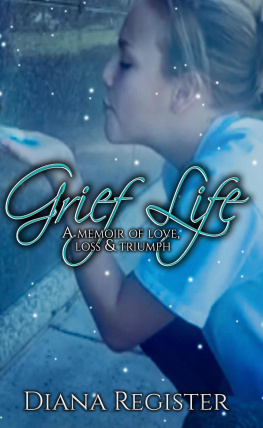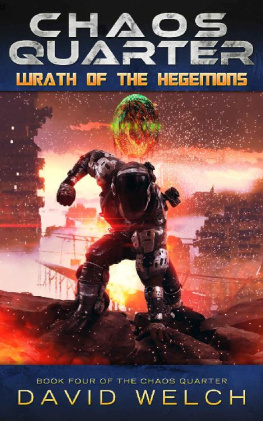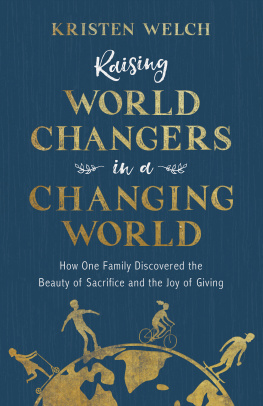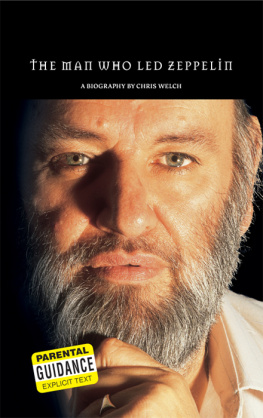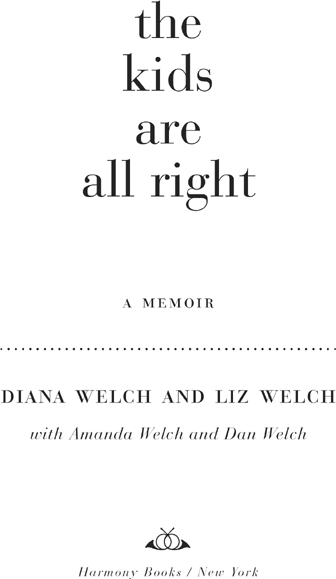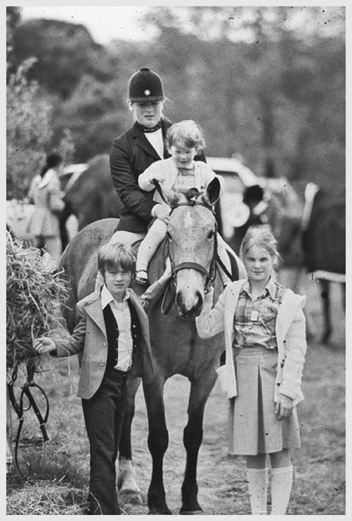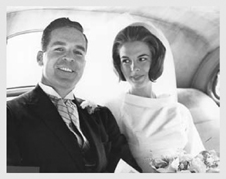contents
part one
part two
part three
a note on the text
This book is a true story. Or rather it is several true stories. Really, it is a collection of memories, and in the process of writing them down, and comparing them, we have learned that memory is a tricky thing. Its like returning to the house in which you lived as a child. The staircase you remembered as that monumental thing you crawled up slowly on your hands and knees is now something you can run up, hands free, two steps at a time. Well, you werent wrong then, and you arent wrong now. Perception may have changed, but the facts remain. Those stairs were big. Now theyre small. Go figure. In the following pages, youll see that we disagree about certain things, as most siblings do. Over the last few years of writing, researching, and interviewing lots of people, we have learned that truth is subjective, always. That goes for every character in the book. Our interpretations of other peoples actions are locked in a time and a place. An eight-year-old who has lost her parents sees the world in a much different way than that same girl twenty-five years later. The same is true for a sixteen-or twenty-year-old-girl and for a fourteen-year-old boy. Some people in these pages insisted on using their real names, but other names have been changed, along with identifying characteristics, to protect peoples privacy. Other than that, we have each told the truth, and each truth is our own.
Does it feel that your lifes become a catastrophe?
Oh, it has to be for you to grow, boy.
Take the Long Way Home, SUPERTRAMP
introduction
OUR MOTHER DIED three times. We have the first death on tape, recorded the day it aired in 1976: Morgan Fairchild, wearing a trench coat and pale pink lip-gloss, shot her in the back. Over the past thirty years, weve each watched the tape several times, pulling it from dusty cardboard moving boxes and crossing our fingers it doesnt get eaten by the VCR. Its our only copy.
The scene opens with Morgan, as Jennifer Pace, hiding in a darkened hallway. Our mother, playing Eunice Wyatt on the soap opera Search for Tomorrow, is kissing actor Val Dufour good-bye at their apartment door. His square jaw and dimpled chin are powdered an orangey tan. As John Wyatt, Eunices cheating husband, Val is dressed conservatively in a suit and tie, but we know him as the guy who once wore a kilt and a feather boa to our parents annual Christmas party.
The music swells. Commercial break.
Back at the apartment, our mother turns away from the camera, and there is a loud bang. A tiny circle of dark red appears on the back of her pink satin robe. The next shot is a close-up. Our mothers face fills the screen in a death snarl revealing upper teeth.
And so our mothers decade-long run as Eunice Gardner Twining Martin Wyatt came to an end. It was her third soap gig, and her longest. She started out in 1962 as Erica Brandt on Young Doctor Malone before making her name in 1964 as the original Dr. Maggie Fielding on The Doctors. Born in 1965, Amanda is the eldest of the four Welch children. She was introduced to soap fans in a splashy Dialing the Daytime Stars magazine spread as The Baby Who Took Ann Williams off TV. We still have the article, now yellowed with age, tucked away in the same manila folder where Mom stuck it more than forty years ago. When Liz was born, in 1969, Mom had been playing Eunice for three years. Instead of getting written off entirely, Eunice had a breakdown and was temporarily sent to a mental institution. By Dans birth in 1971, Eunice was so popular that the pregnancy was written into the show. But Mom wasnt pregnant when Jennifer shot Eunice; rumor had it that Mary Stuart, the shows diva and Dans godmother, was jealous of Moms fan mail. Thats what Mom told us, anyway.
Diana was born in 1977, a year before Mom landed the role of the villainous Margo Huntington on The Edge of Night. Which brings us to our mothers second death: Margo was bludgeoned with a fire poker off-camera in a whodunit story line that continued for weeks after her body was discovered. Margo had a lot of enemies; she was a successful businesswoman who owned the only TV station in Monticello. Her story line involved an illegitimate child, a sham marriage to an ex-cult leader, and pornography.
During the Margo years, as part of their after-school chores, Mom enlisted Amanda and Liz to record her episodes on our VCR, one of the first, which was the size of a stuffed suitcase. At night, when she came home from her day of shooting, Mom labeled each tape with the date, show name, and episode number and placed it chronologically on a bookshelf in her study.
Today, only five tapes remain, the labels peeling off from the dust that has weakened their glue, their images scratchy and worn. Amanda is the reason we have any tapes at all: After our mothers third and actual death, the one that followed our fathers by three and a half years, Amanda carted those tapes around in boxes, stored them in a friends garage, and drove them across state lines. They have been packed up, unpacked, sent parcel post, and popped into VCRs in New York, Virginia, and Texas. Theyre our family heirlooms, a fuzzy, dusty connection to the person whom waitresses at Chock full oNuts recognized as Eunice or Margo but whom we knew as Mom. Watching them now, we see bits of our lives on the screen. The diamond ring Eunice wears is really the one Dad gave Mom when he proposed in the early sixties, just a few months after meeting her. The red mug ringed with fat white hearts that Margo drinks out of spent the eighties stained with coffee in our kitchen sink at home in Bedford, New York. The yellow organza dress that she wore to announce her engagement to the cult leader is the one that Diana wore, fifteen years later and tripping on acid, to the junior prom. Though the ring was stolen years ago, and the mug is long gone, Amanda saved the dress, as she did the tapes, and the grandfather clocks, and the Etruscan trunk. Like Mom, she keeps the clocks wound to chime on the hour, and she fills the trunk with sheets and blankets. And, like Mom, she saved the manila folder that holds magazine clippings documenting the highlights of our mothers career.
Ann Williams: I Relate to Children and Animals Better Than to Adults! shouts a bold headline across the opening spread of a 1976 article from Day TV Gossip. It chronicles life at Twin Meadows, the fourteen-acre estate where we grew up. In it, Mom describes Amanda, then ten, as a serious human being who likes to ride her pony and wants to be an animal trainer someday. Lizzie, six, is a backgammon whiz, you cant beat her! and also the most giving of people, one who would gladly give up her dessert so that another child wouldnt be left wanting. Daniel, four, is a lover who practices his best Clark Gable moods on Mom. He also has a vivid imagination and likes to go elephant hunting in the backyard with his Daddy, she says. They shoot them out of the trees. Diana wasnt born yet.



